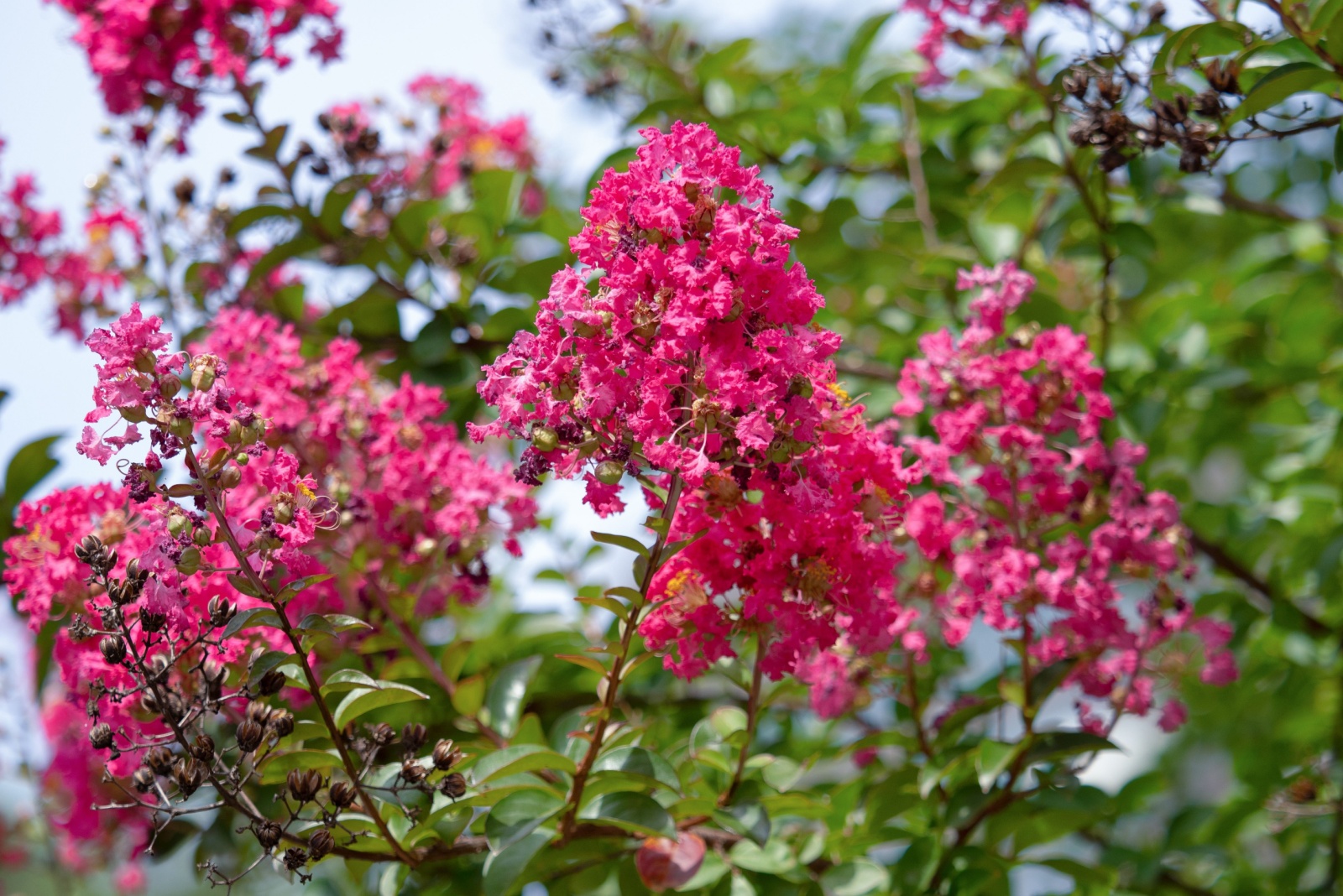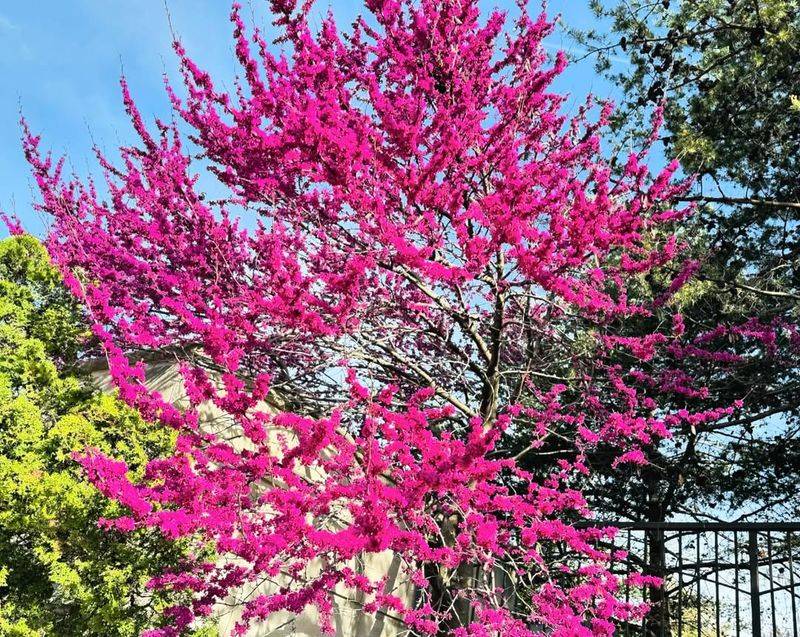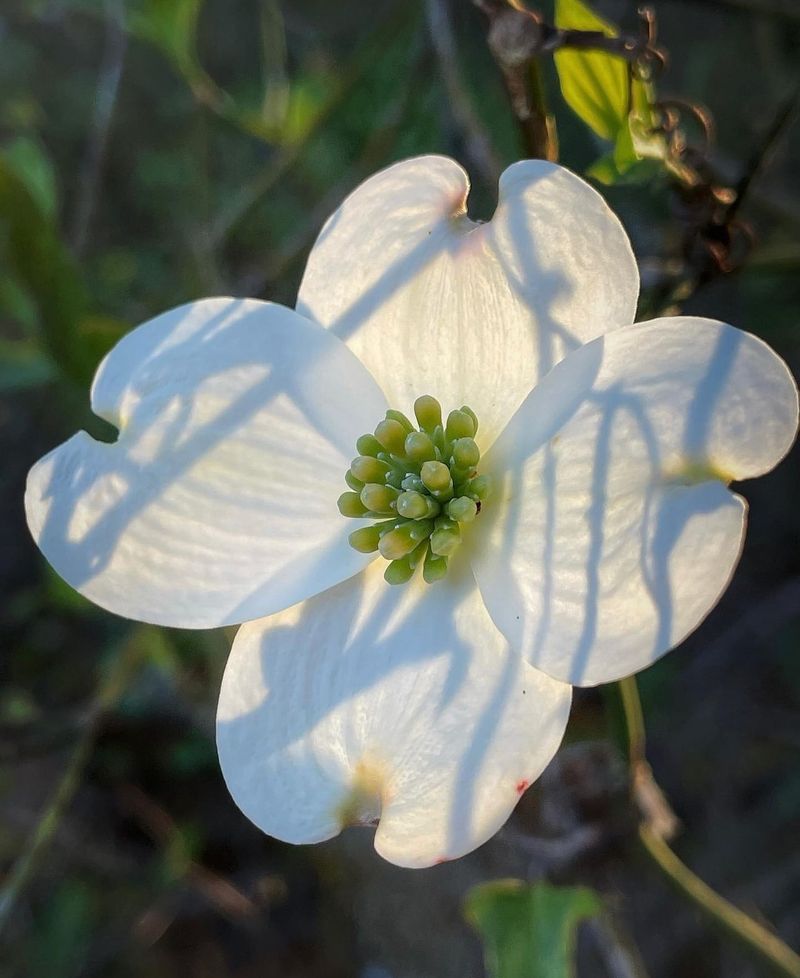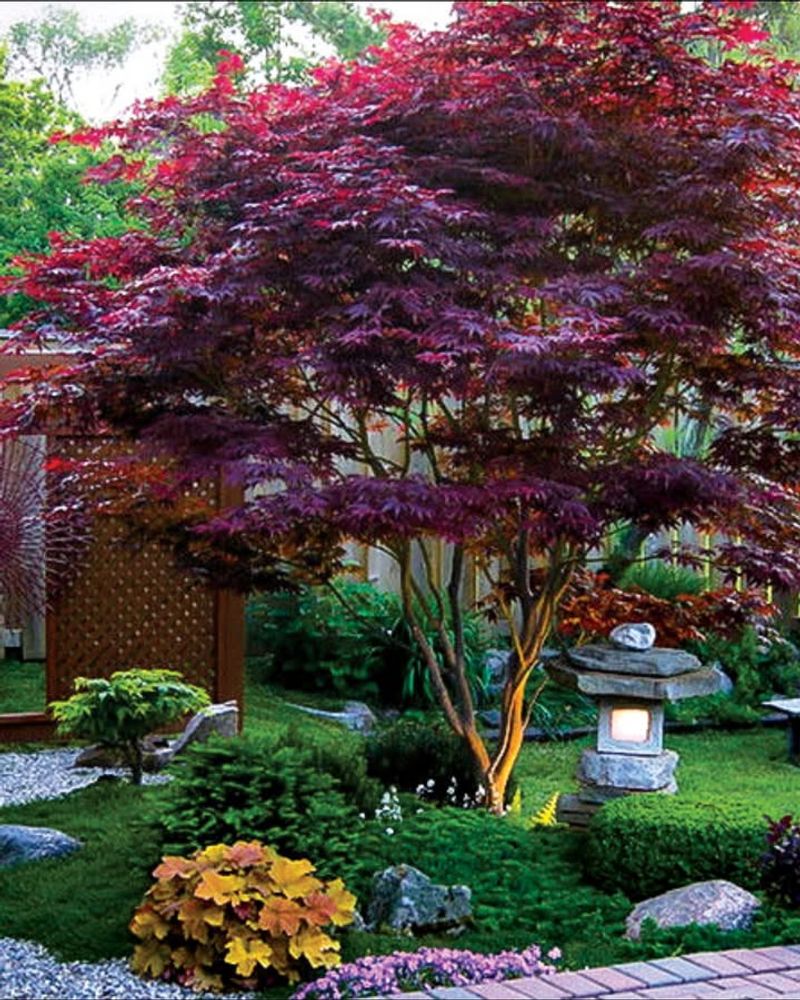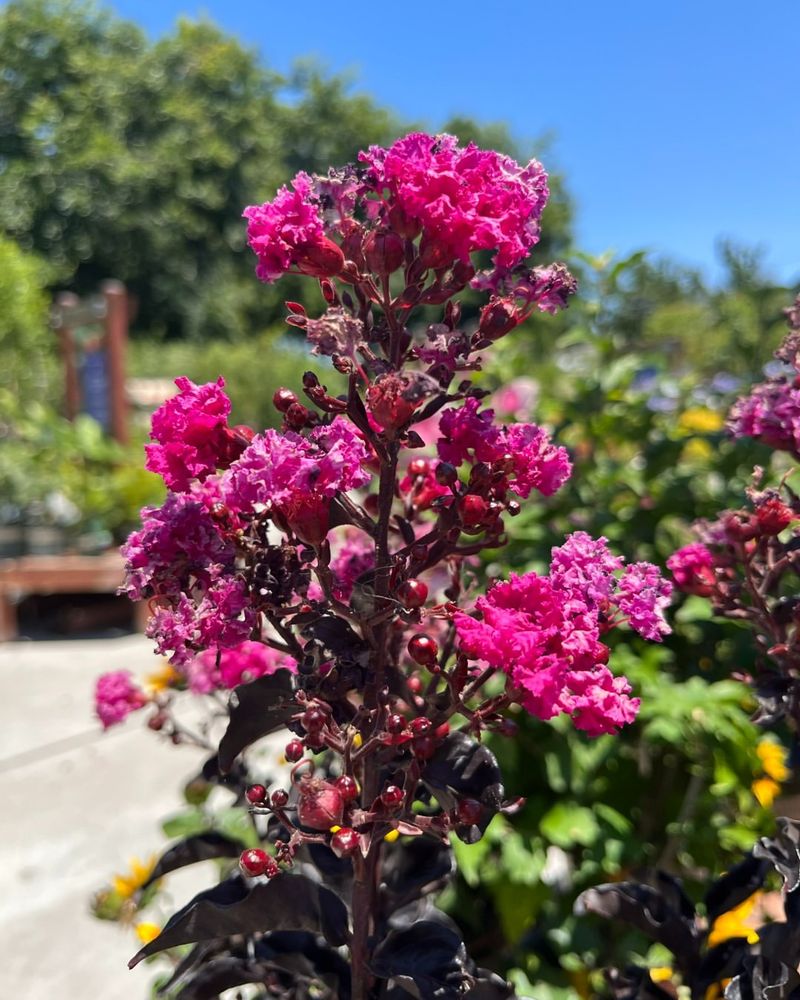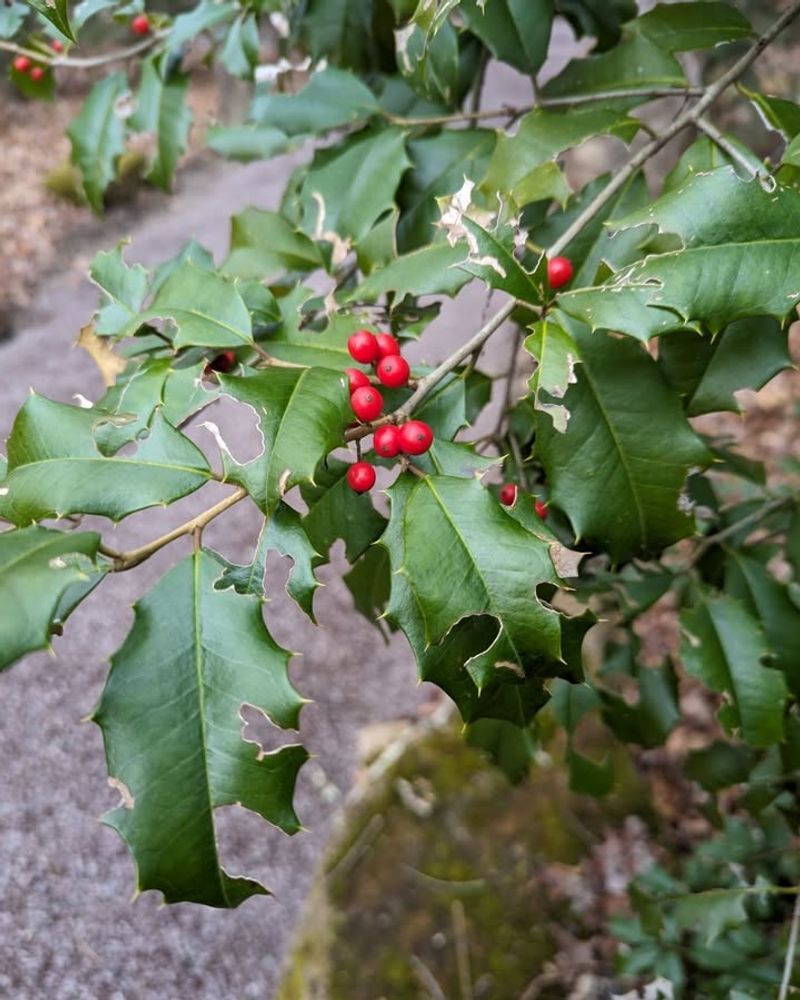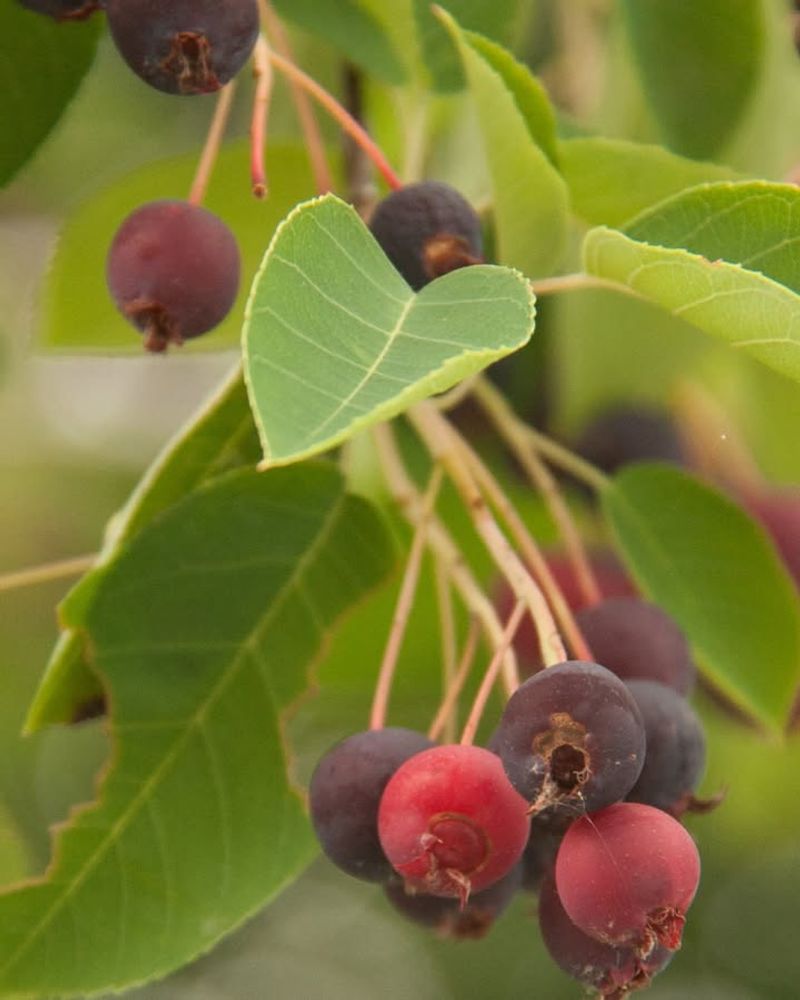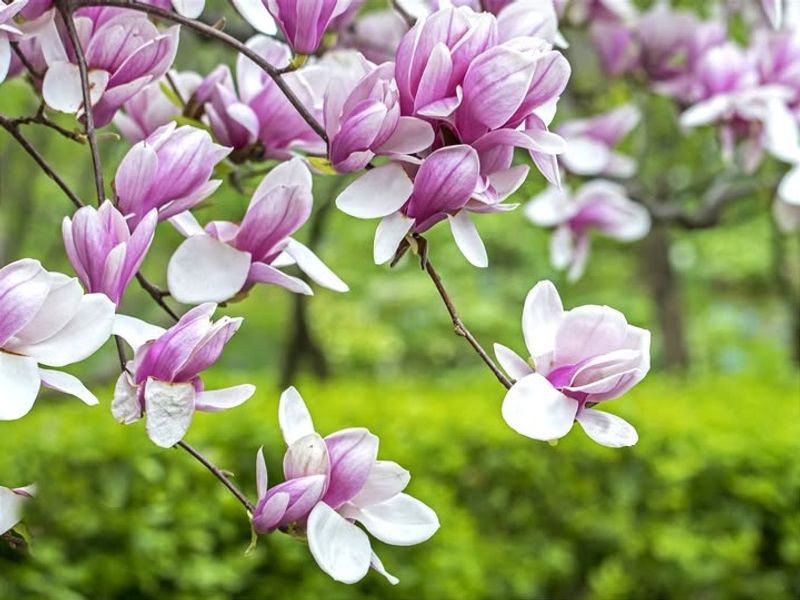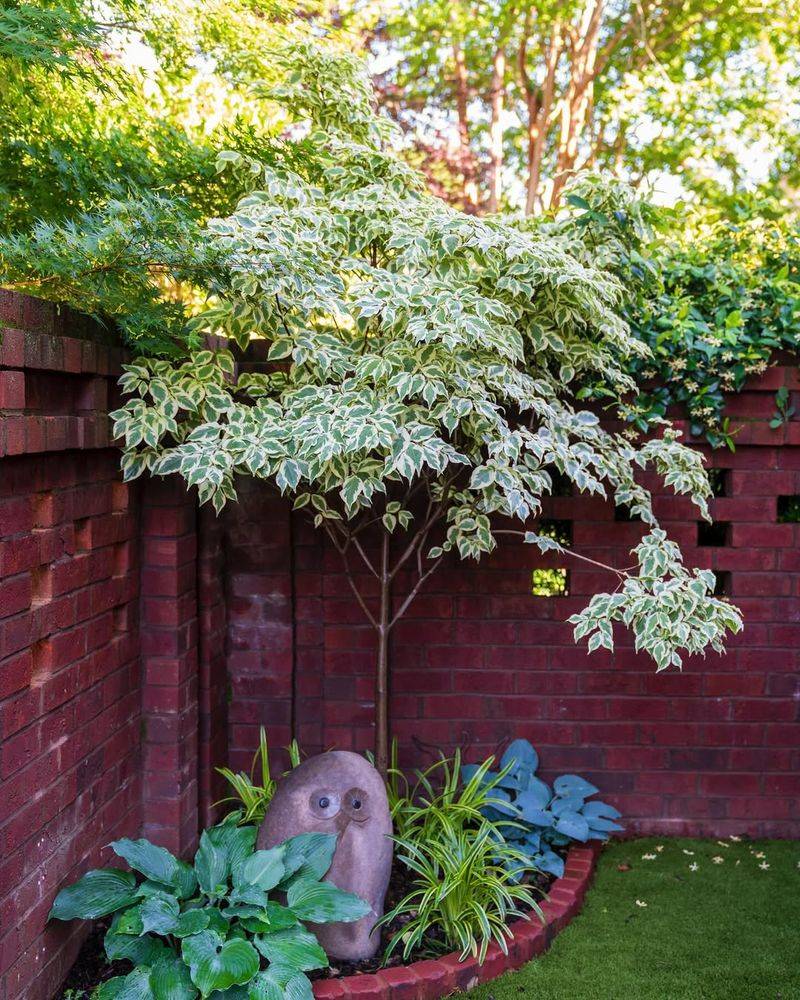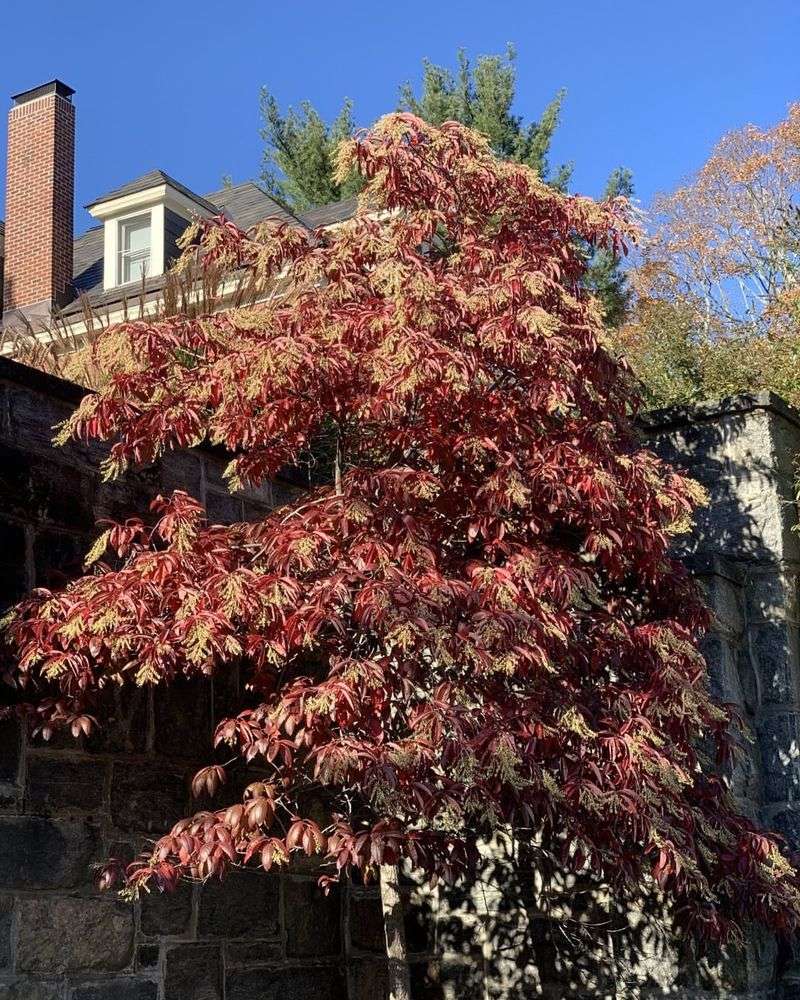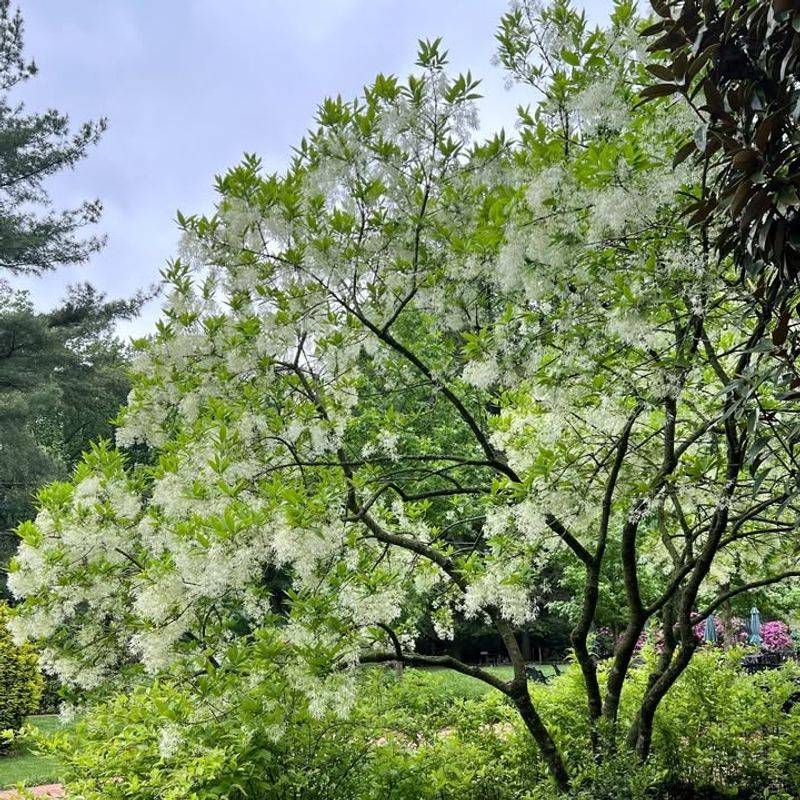Choosing the right tree for your yard can transform your outdoor space into something truly special. Virginia’s climate offers plenty of options for homeowners looking to add beauty without overwhelming their landscape.
Small trees bring shade, color, and wildlife to your property while staying manageable in size, making them ideal for suburban lots and cozy gardens across the state.
1. Eastern Redbud
Few sights rival the burst of pink-purple flowers that cover this native beauty each spring. Before most trees even wake up, Eastern Redbud puts on a show that announces warmer days ahead.
Growing 20 to 30 feet tall, it fits comfortably in most Virginia yards without crowding other plants. The heart-shaped leaves turn golden yellow in fall, adding a second season of interest.
This tree thrives in partial shade and tolerates clay soil common throughout Virginia, making it a low-maintenance choice for busy homeowners.
2. Flowering Dogwood
Virginia’s state tree earns its title with stunning white or pink blooms that appear in mid-spring. The layered branches create an elegant silhouette that looks beautiful even in winter.
Reaching about 15 to 25 feet, Flowering Dogwood works wonderfully as an understory tree beneath taller oaks or maples. Bright red berries feed birds in fall, while the foliage turns deep crimson.
Plant it in well-drained soil with afternoon shade to protect it from Virginia’s summer heat and help prevent stress-related diseases.
3. Japanese Maple
With leaves that range from deep burgundy to bright green, Japanese Maple adds an artistic touch to any landscape. Its slow growth and compact size make it perfect for patios, entryways, or focal points.
Most varieties stay under 20 feet tall, and some dwarf types reach only 6 to 8 feet. Virginia gardeners appreciate its adaptability to different soil types and its tolerance for partial shade.
The delicate foliage can scorch in harsh afternoon sun, so choose a spot with morning light and protection during the hottest hours.
4. Crape Myrtle
Summer belongs to Crape Myrtle, which explodes with color when many other trees have finished blooming. Clusters of ruffled flowers in shades of pink, red, white, or purple last for weeks.
The exfoliating bark reveals patches of smooth gray, tan, and cinnamon underneath, creating winter interest long after leaves drop. Growing 10 to 25 feet depending on the variety, it suits both small gardens and larger properties across Virginia.
Full sun and good air circulation keep this tree healthy and blooming abundantly throughout the summer months.
5. American Holly
Evergreen foliage means this tree provides color and structure year-round, a rare quality among small landscape trees. The glossy, spiny leaves stay green through Virginia winters, while bright red berries appear on female trees.
Birds flock to American Holly for shelter and food during cold months. It grows slowly to about 15 to 30 feet, forming a pyramidal shape that works as a specimen tree or privacy screen.
Plant both male and female trees nearby to ensure berry production, and provide consistent moisture during establishment.
6. Serviceberry
Early spring brings clouds of white flowers before most trees leaf out, making Serviceberry a welcome sight after long winters. The small purple berries that follow taste sweet and attract songbirds by the dozen.
Virginia gardeners love its multi-season appeal: spring blooms, summer fruit, fall foliage in shades of orange and red, and attractive gray bark in winter. Growing 15 to 25 feet tall, it adapts well to different soil conditions.
Plant it where you can watch birds feast on the berries, or harvest some yourself for pies and jams.
7. Saucer Magnolia
Enormous tulip-shaped flowers steal the show in early spring, appearing before the leaves emerge. Petals blend shades of pink, purple, and white, creating a breathtaking display that neighbors will envy.
This hybrid magnolia reaches 20 to 25 feet with a spreading crown that provides nice shade in summer. Virginia’s spring weather sometimes threatens late blooms with frost, but the tree rebounds quickly and blooms reliably each year.
Choose a protected spot away from harsh winds to help preserve the delicate flowers and extend the blooming period.
8. Kousa Dogwood
Blooming several weeks after its cousin the Flowering Dogwood, Kousa Dogwood extends the spring flower season into early summer. Star-shaped white bracts cover the tree, followed by raspberry-like fruits that dangle from branches.
More disease-resistant than native dogwoods, it thrives in Virginia’s climate with less fuss. The exfoliating bark adds texture and interest, while fall foliage turns stunning shades of red and purple.
Growing 15 to 30 feet tall, it tolerates full sun better than Flowering Dogwood, making it versatile for different landscape situations.
9. Sourwood
Chains of creamy white flowers dangle from branches in midsummer, resembling lily-of-the-valley blooms. Bees adore Sourwood, producing a prized honey that’s considered among the finest in Virginia.
The real showstopper arrives in fall when leaves turn brilliant shades of red, purple, and orange earlier than most trees. Slow-growing to about 25 to 30 feet, it maintains a slender profile that fits narrow spaces.
Acidic soil is essential for this native tree, so test your soil before planting and amend if necessary to match its preferences.
10. Fringe Tree
Clouds of fragrant white flowers with narrow, fringe-like petals appear in late spring, giving this tree its common name. The airy blooms create a soft, almost magical effect that stands out in any landscape.
Native to Virginia, Fringe Tree grows slowly to about 12 to 20 feet, making it ideal for smaller properties. Dark blue fruits appear on female trees in late summer, attracting birds without creating mess.
It tolerates a range of soil conditions but prefers moist, well-drained sites with full sun to partial shade for best flowering performance.

